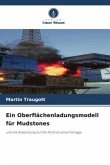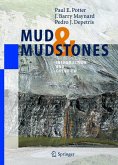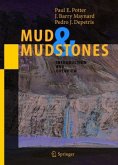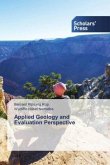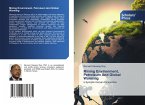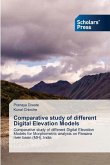This text examines the role of bound water in the generation of geopressure in oil and gas wells - the same structured, low dielectric, non-freezable bound water that keeps garden seeds alive in longevity, small organisms from death in winter months, and blood flow modulated in living tissue. It makes the case that the electrical surface charge in mudstones increases with burial depth due to ferrous reduction, beidellization, thermo effects on silica, and other diagenetic effects. It is proposed that in the subsurface, surface charge reaches sufficient magnitude to cause dielectric saturation of bound water and a 'solidification' effect - making high-charge mudstones a perfect trap for generating geopressure. Cation Exchange Capacity (CEC) is a measure of surface charge and, as developed here, can be determined using core data or down hole petrophysical data - specifically common resistivity and acoustic slowness data. As a last point, available core data show surface charge increasing with increasing depth to a dielectric saturation level at a depth of 5000 feet.
Hinweis: Dieser Artikel kann nur an eine deutsche Lieferadresse ausgeliefert werden.
Hinweis: Dieser Artikel kann nur an eine deutsche Lieferadresse ausgeliefert werden.



